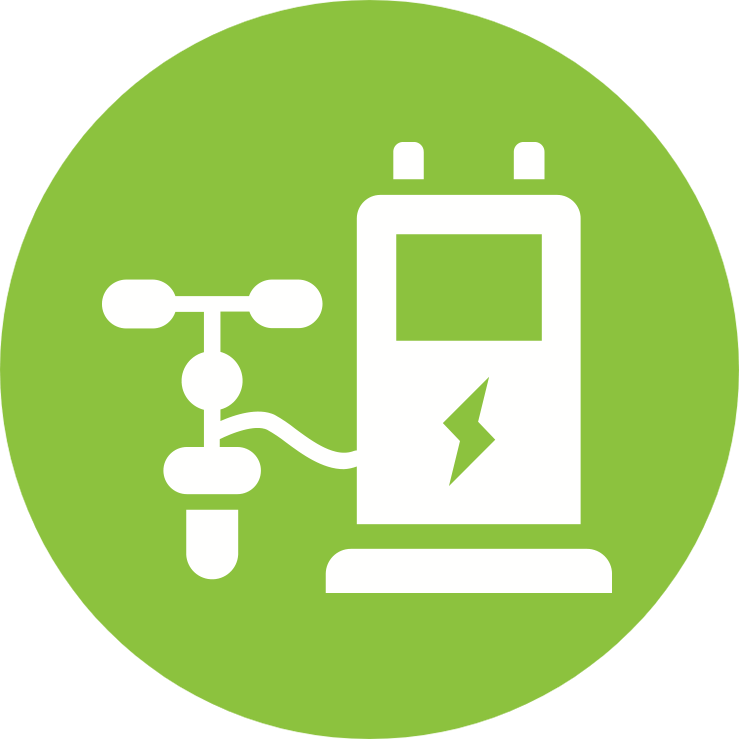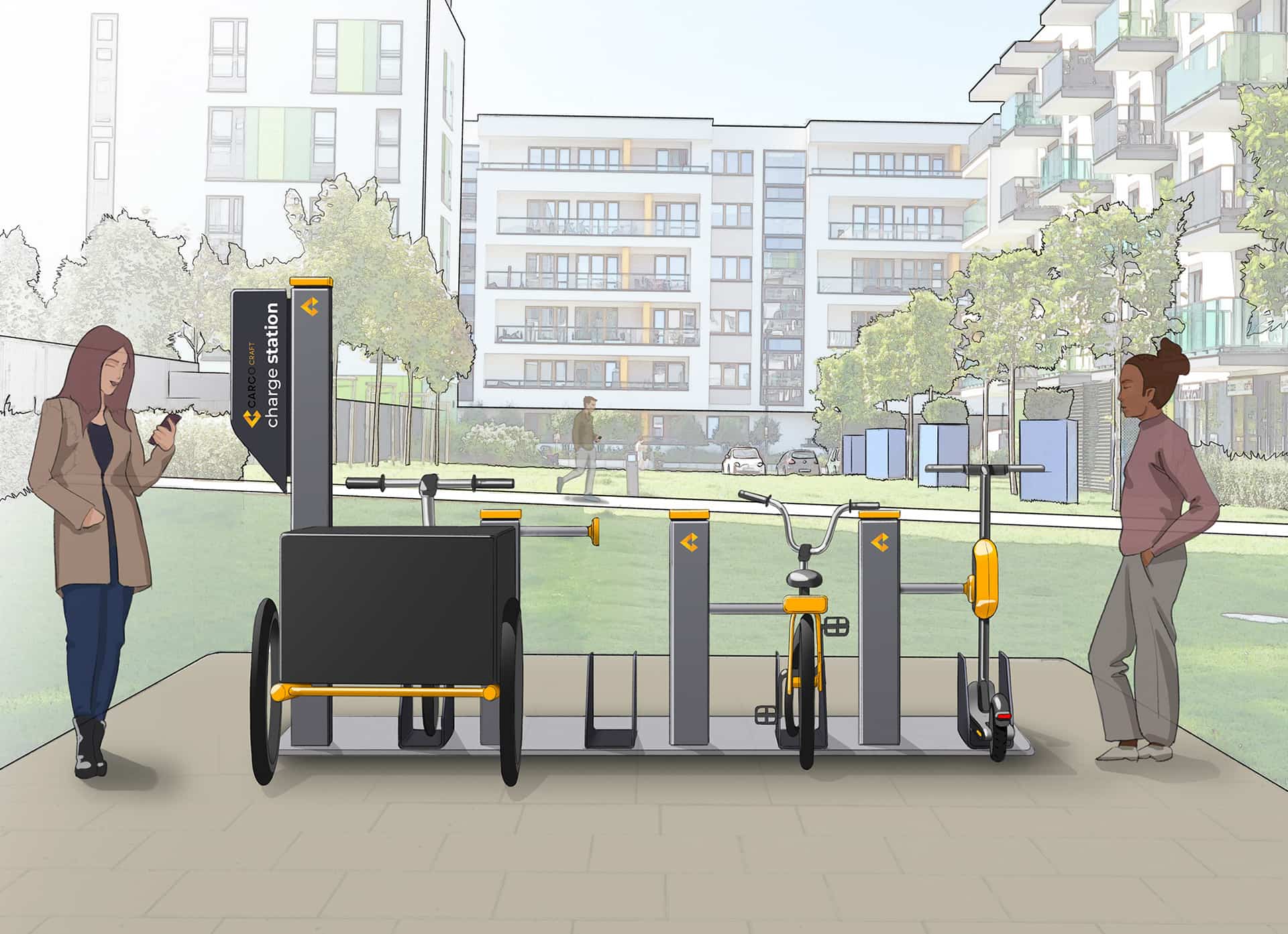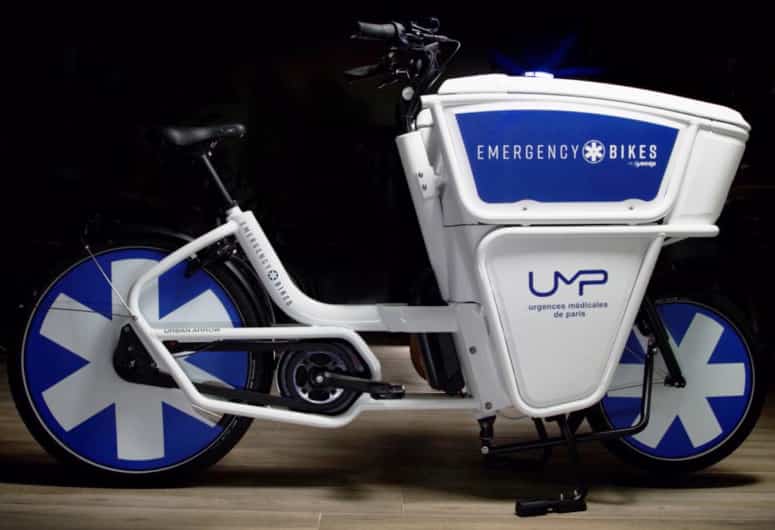LEVs: many benefits
Light electric vehicles (LEVs) are the cleanest, most cost-effective, safest and COVID-safe mode of urban transport in congested cities. A number of factors are driving a global boom in LEVs:

Freedom of movement is a fundamental human right and by extension so is access to affordable transport. LEVs are an order of magnitude cheaper and more efficient than traditional cars and large electric vehicles.
A Danish study found the total cost (social and private) per person km for driving versus cycling is 81 cents and 13 cents respectively.

COVID-19 has forced many people and businesses to re-evaluate their life, work and travel choices.
Working from home and remote offices is now commonplace and global LEV sales and ridership have boomed as people switch from crowded public transport to socially distanced travel modes.

Transport accounts for 17% of Australia’s greenhouse gas emissions, increasing nearly 60% since 1990 – more than any other sector.
LEVs are virtually emissions-free, reduce congestion and road injuries, and are an order of magnitude cheaper to purchase and operate than cars.

Road congestion will cost Australia $40B per annum by 2031.
The average Australian commuter is stuck in traffic 5.7 days per year. In the same time it takes the average commuter to drive and park, an e-bike can travel up to 15km with little effort.
Roads and related infrastructure occupy vast space: 30 to 60% of land in western cities. Cars are idle 95% of the time and occupy the same parking space as 10 bikes. If more urban land was devoted to LEVs, it would alleviate congestion, emissions, noise, social exclusion, health, accidents and road infrastructure costs.

Car exhaust emissions have multiple health impacts while active transport has multiple health benefits.
56% of Australian adults are too inactive while 67% are overweight or obese. Inactivity costs Australia $1.5b per year in additional health costs.
In Australia, we drive our kids to school in record numbers, up from 25% of trips 40 years ago to 75% today, despite 60% living less than 3km from school. Health professionals estimate more than 70% of children and 91% of young people are too physically inactive

Cycling creates almost three times as many jobs in manufacturing and sales as the car industry for the same turnover. Cycling also drives higher job growth in infrastructure and tourism.
Further, cycling and micro-mobility jobs are more localised and require lower skills, creating opportunities for a more inclusive workforce.
Micro-mobility also has an economic multiplier effect. Cycling tourists are known as ‘wallets on wheels’ because they spend more time and more money on local businesses than other tourists.

In response to these factors, governments around the world are investing in better-dedicated cycling infrastructure and supporting the LEV industry through grants and economic stimulus packages.
Comparing LEVs and EVs
In 2021, the cheapest electric vehicle (EV) in Australia, the MG ZS EV, costs $44,000, weighs 1,566kg and lugs a hefty 45kWh battery pack.
By comparison, the average LEV costs $3,000, weighs 25kg and has a 400Wh battery.
LEVs can’t travel as far as EVs on a single charge and they carry smaller loads and fewer passengers, but they are perfect for the 75% of urban trips that are under 10km and have a single occupant.
Electric cargo bikes are so practical and versatile they can replace your car for most trips at a fraction of the cost and can carry up to three people.
What about weather?
Australia is the driest inhabited continent, so rain is not a big problem for LEV users. And LEVs propel riders with little effort, so you won’t break a sweat even on the hottest days.

LEV policy and regulation
While Australia tends to adopt Europe’s light electric vehicle (LEV) regulations and policies, we lag them by 5 years.
Further, our states do not have harmonious road rules governing the operation of LEVs. This stifles local innovation, makes us vulnerable to international competition and leads to confusion and conflict among consumers and regulators.
Luckily for Australia, we can learn from Europe’s experience, and accelerate the adoption of nationally consistent and progressive LEV standards and regulations.

The status quo in Australia
A 2019 review by the National Transport Commission (NTC) found the Australian Road Rules (ARRs) are outdated and do not accommodate the safe use of innovative vehicles like electric scooters, quadricycles and skateboards.
Our ARRs are ad-hoc, highly prescriptive and based on traditional vehicle types such as cars, motorcycles and bicycles. The lack of clear definitions and rules for new devices is creating conflict between users of roads and footpaths.
Electric bikes (also known as EPAC or pedelecs) in Australia must conform with European standard EN15194, which specifies:
- a maximum continuous rated auxiliary power of 250 watts
- a top power-assisted speed of 25 kph
- requires the rider to pedal to access the power. If riders are not required to pedal, then auxiliary power is limited to 200W (e.g. electric scooters).
In the US, pedelec limits are 750W and 20mph.
Additionally, Queensland and South Australia have amended their road rules to allow personal mobility devices (PMDs) provided they carry a single person, travel less than 25 kph (QLD) or 15 kph (SA), have brakes, an unladen weight under 60kg, and are less than 700mm(w) x 1250mm(l) x 1350mm(h).
Other states have permitted limited public e-scooter trials, but their personal use is prohibited.
Pedelecs and PMDs do not require riders to have a drivers’ licence, registration or insurance, making them very accessible and affordable transport modes.
Other LEV categories in EU
The table shows four other LEV categories in the EU allowed under Regulation 168/2013. These require ‘type approval’ – i.e. they must meet additional requirements.
A new direction
We propose that Australian states introduce a Commercial and Disabilities Pedelec category with a 1,000W power limit, no limit on the number of wheels, and a 25 kph assisted speed limit. This category already exists in the EU as L1e-A or ‘powered cycles’ (see adjacent table), which could be adopted by Australian states with minimal modification for local conditions.
As for personal pedelecs, Commercial and Disabilities Pedelecs would be exempt from Australian Design Rules for motor vehicles, could travel on permitted roads and all cycle paths, and not require a drivers licence, vehicle registration or insurance.
| LEV Category | Technical Specifications | # Wheels |
|---|---|---|
| L1e-A - 'powered cycles' | Max. power: 250 to 1000W Max. speed: 25kph Pedal assist + motor only | 2, 3 and 4 |
| L1e-B - 'mopeds' | Max. power: 4kW Max. speed: 45kph Pedal assist + motor only | 2 |
| L2e - '3-wheel moped' | Max. power: 4kW Max. speed: 45kph Pedal assist + motor only Max. mass: 270kg Max. seats 2 | 3 |
| L6e - 'light quadricycle' | Max. speed: 45kph Pedal assist + motor only Max. mass: 450kg Max. seats: 2 | 4 |
Greater power does not mean greater speed: 1,000W LEVs can be speed-limited to 25kph via a motor controller – the same mechanism used to speed-limit 250W LEVs. Electric Vehicles Pty Ltd has the capability to test imported and locally manufactured LEVs for compliance with standards.
Small change, big impact: This simple regulatory change would transform urban mobility, help Australia meet UN Sustainable Development Goals and catalyse growth in priority industry sectors to drive post-COVID economic recovery.
Industry sectors to benefit from the new LEV category

Transport, Postal & Warehousing
E-commerce has boomed under COVID-19, while traffic congestion is unrelenting. Logistic companies seek traffic-busting LEVs to accelerate last mile deliveries. Australia Post would welcome the introduction of a new commercial LEV category to accelerate conversion of their motorised fleet to save money, minimise delivery times, reduce emissions and support more diverse employment opportunities.


Manufacturing
Almost all LEVs in Australia are manufactured in Asia. With growing tensions between Taiwan and China, a global shortage of bike parts, and a strong local appetite for Australian-made products, now is the time for government to support local manufacturing.

Construction, trade, industry and mining
Moving goods and tools efficiently on building and mine sites, factories, farms and nurseries.

Public Transport
COVID-19 has driven many commuters away from public transport (PT), increasing road congestion. LEVs are COVID-safe, clean, compact and healthy. We are working with Victorian universities to develop universal LEV charging stations (see illustration) that will underpin public transport-integrated micro-mobility networks.


Health Care & Social Assistance
Allowing flexible vehicle design under a new Disabilities Pedelec category would unshackle assisted mobility for elderly and mobility impaired people. Mobility scooters are classified as single-occupant Personal Mobility Devices which precludes carers or partners from riding along or assisting.

Hospitality, Tourism and Major Events
1,000W motors could propel velo-taxis with up to 3 adult passengers – ideal for for cities, tourist destinations, transport hubs and large campuses such as universities, business parks and airports. Similar LEVs could safely transport food and equipment at crowded festivals, conferences and trade shows.

Road Safety - LEV testing and compliance
Introducing a new LEV category could trigger an overdue clamp down on non-compliant & dangerous e-bikes, e-scooters and rogue LEVs in Victoria. Several gig economy workers have died due to non-compliant LEVs and a lack of rider training. An amnesty period would give businesses and individuals time to have their LEVs assessed and achieve compliance or be replaced. While protecting contractors, employees, road users and pedestrians, it would also improve the reputation of law-abiding distributors, retailers and local manufacturers.
We are expanding our LEV testing facilities to facilitate independent appraisals, policing, compliance, insurance and relevant industry bodies.

Emergency services
Traffic-dodging vehicles for first responders such as paramedics (see adjacent example from Paris).

Useful Links
Electric Vehicles is joined by other industry stakeholders calling for regulatory reform:
Interested in partnering with EV or supporting our advocacy work?
Get in touch today!



